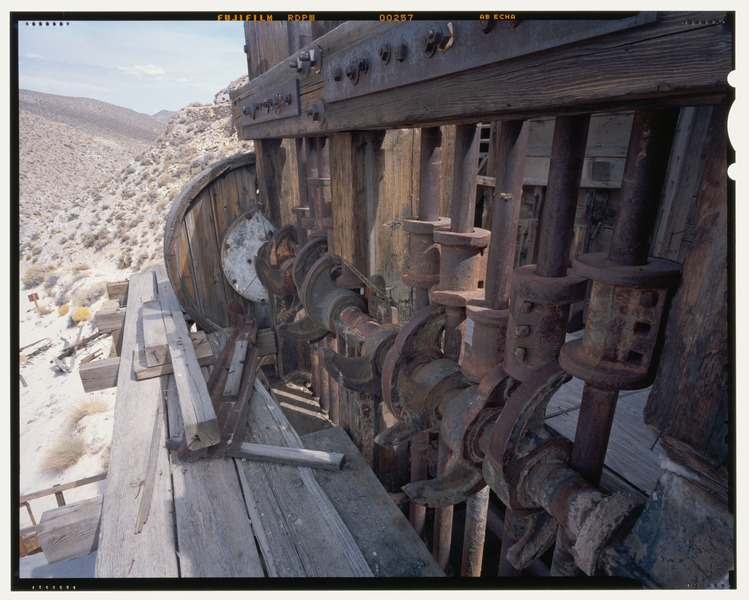On January 4, 1907, the Rhyolite Herald newspaper wrote: “Here the golden goddess is again singing her siren song of enchantment and California is again beckoning to the world with a finger of gold: and the world is listening, and looking, and coming — TO SKIDOO!”
It was a boomtown in the notorious Death Valley and a much cherished one at that. And much like other famous towns of the “American Ol’ West,” Skidoo has its beginnings at the start of the 20th century.
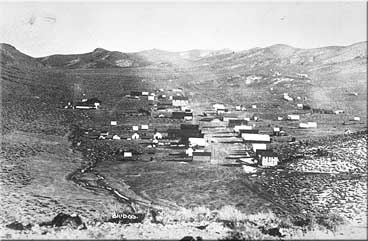
In 1906, two young men by the names of John “One Eye” Thompson and John Ramsey decided to try their luck prospecting in Death Valley and ended up wandering up Emigrant Canyon.
Their intended final destination was the town of Harrisburg, where gold had recently been discovered. And where there was gold, there went the dreamers.
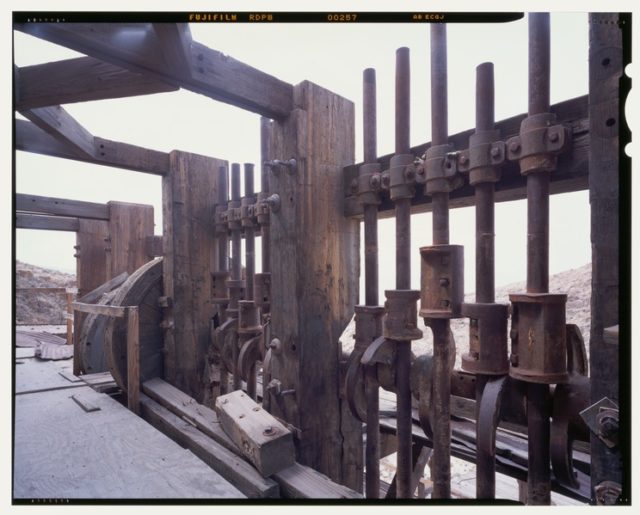
And so John and John pushed through the canyon under the scorching desert sun with riches on their minds. Emigrant Canyon is part of what is known as the Panamint Range.
It was no secret that this range was rich with gold, silver and lead. Throughout the 19th century, many came here to extract the silver, but the gold was largely untouched.
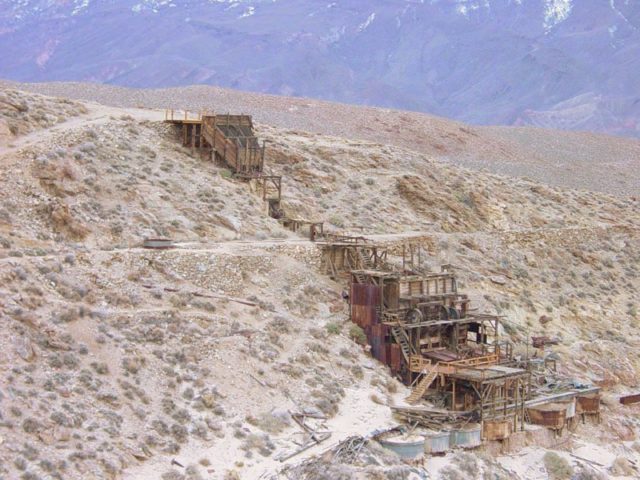
Upon reaching Emigrant Springs, the pair made camp. The next morning, a promising sight caught their attention. The surrounding ledges were coloured oddly. But in the eyes of the experienced prospectors, the shift in colour meant one thing — gold. And lots of it.
Their final destination and the reason for embarking on this journey was no longer important. Ramsey and Thompson had found their dreamland. But discovering a huge amount of gold can never be kept a secret. Just a couple of months later, other hopefuls came in pursuit of their own riches.
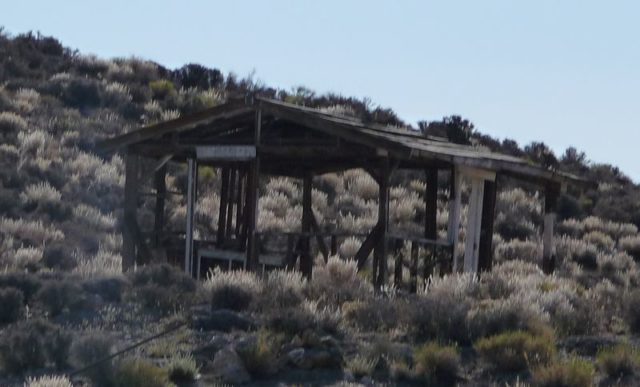
Ramsey and Thompson were safe. They played it smart when they established the “Gold Eagle Group” and staked some of the most promising areas. Ernest A. “Bob” Montgomery, being the businessman that he was, quickly purchased Gold Eagle Group. Others followed Montgomery’s example and invested heavily.
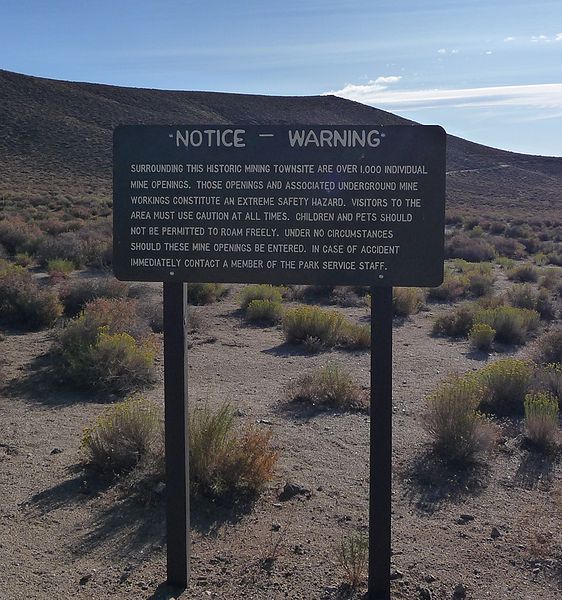
By 1907, Skidoo mines were born. It is interesting how irony works. The two John’s had been aiming for Harrisburg to find their riches but ended up discovering even more and better gold on their way there — a strike that would eventually empty Harrisburg almost to the point of abandonment.
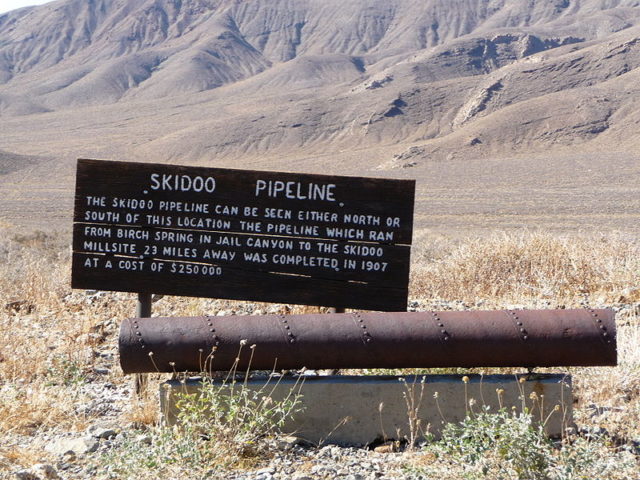
As time went on, news spread about the quality of gold that could be found at Skidoo. And as the mine grew in popularity, more prospectors came to the settlement. Soon a post office and a blacksmith shop were opened.
But not all was hard work and gold as Skidoo had its dark periods too. By design, Skidoo was a small town. It had no jailhouse and its local bank was located inside the grocery store. On a sunny April day in 1908, Joe Simpson attempted to rob this bank and in the process killed Skidoo’s butcher.
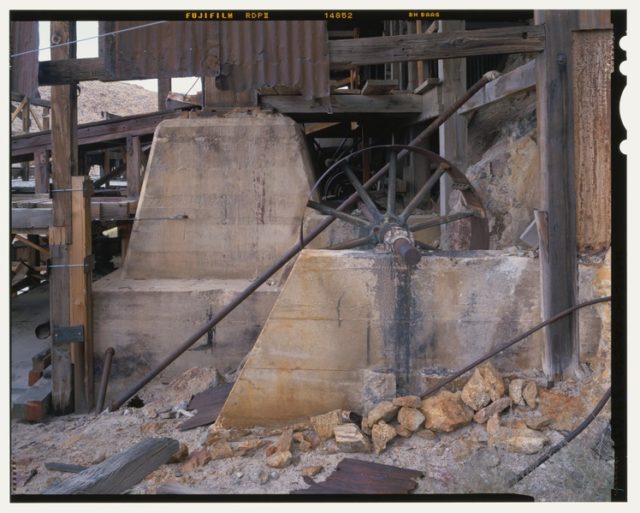
He was taken into custody in a local building but a couple of hours later, Simpson’s accomplice, armed to the teeth, came and demanded that Joe be released.
But things didn’t turn out well for Simpson as he was found dead the next morning, hanging from a pole. Despite everything, Skidoo kept growing until around 1909, when things started to take a different turn as the mines were becoming exhausted.
As months went on, the population fell into a rapid decline. Pretty soon both the school and post office were closed. The mine kept limping on for several more years and there were still a small number of stubborn residents that refused to leave Skidoo. But eventually they had no choice — the mine was shut down in September 1917.
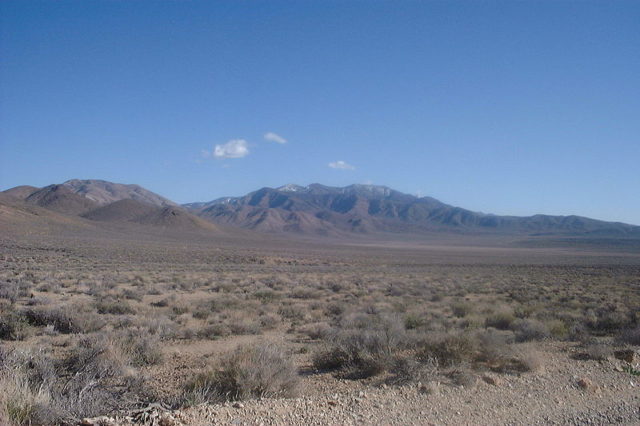
All that remains of Skidoo today is a few badly deteriorated buildings and a number of unsafe and unmarked mine openings, however, the area is part of the National Register of Historic Places. The road in is not maintained, so visitors hoping to explore Skidoo should not attempt to do so without a 4X4.
